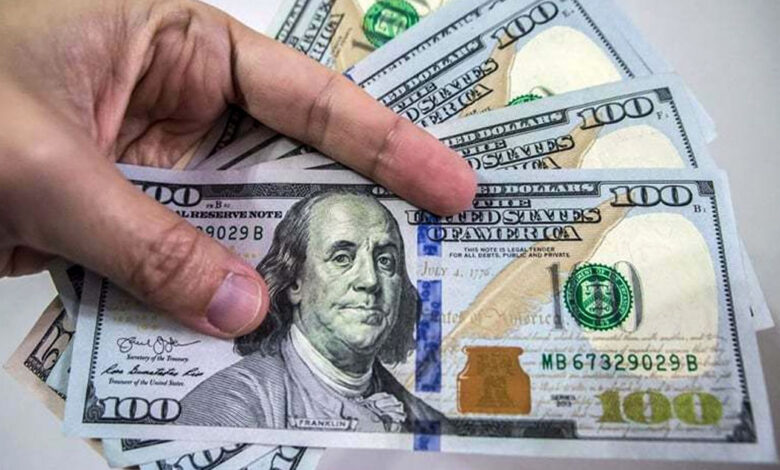Traders Brace for Federal Reserve Inaction as Dollar Eases

The stage is set as the dollar takes a breather in anticipation of the Federal Reserve’s upcoming decision. The greenback finds itself at multi-week lows against both the euro and sterling, as lackluster U.S. inflation figures solidify the belief that interest rates will remain untouched for now.
Adding to the mix, China’s yuan experiences a dip, reaching a 6-1/2-month low subsequent to a rate cut by the central bank. Speculation surrounding further stimulus measures to bolster the post-COVID economic recovery only adds fuel to the fire.
The dollar index, a gauge of the currency’s performance against six counterparts, holds steady at 103.20 after grazing its lowest level since May 22, resting at 103.04 overnight.
In April, the U.S. consumer price index (CPI) witnessed its smallest year-on-year increase since March 2021, standing at 4.0%.
According to the CME Group’s FedWatch Tool, the probability of the Fed opting for a quarter-point rate hike has plummeted below 5%, a stark decline from approximately 21% just a day prior.
As we approach the meeting, market participants anticipate a hawkish stance from the Fed, unless they choose to surprise us all with an actual rate hike. MUFG strategist Lee Hardman emphasizes the significant obstacle faced by the Fed in delivering a hawkish surprise tonight through mere rhetoric.
Nevertheless, there remains a possibility, albeit slim, that the dollar may attempt an initial rally spurred by hawkish comments from the Fed or updates on future projections, Hardman adds.
The dollar index is on track for its most substantial two-week decline in two months, having shed 0.8% during this period. Investors increasingly believe that while the Fed may be nearing the end of its current round of rate hikes, other central banks still have room to maneuver.
The Reserve Bank of Australia and the Bank of Canada caught the market off guard with surprise rate increases last week, while the odds of the Bank of England delivering a half-point hike at its next meeting have risen to 20% following unexpected wage growth data on Tuesday.
Not surprisingly, the Australian dollar has outpaced its peers this month, surging by 4.3%, followed by a 2% rise in the Canadian dollar.
The euro has been steadily recovering from its 2-1/2 month lows since late May and is currently unchanged at $1.0787. On Thursday, the European Central Bank (ECB) will announce its decision on rates, with a widely expected quarter-point hike to 3.50%. Policymakers have made it clear that inflation across the eurozone remains unacceptably high, signaling more work to be done by the central bank.
Taking short-term implications into account, ING strategist Francesco Pesole anticipates that a combination of a hawkish hold by the Fed and a hawkish 25-bp hike by the ECB would bring the euro closer to $1.0700 than $1.0800 in trading.
The ECB might encounter difficulties conveying a hawkish message following softer-than-expected inflation and growth data.
Sterling maintains a relatively stable position at $1.2607 after soaring 0.8% on Tuesday, reaching a one-month high at $1.2625.
The dollar slightly retreats against the yen by 0.2%, resting at 139.90, stepping back from its one-week peak. The Bank of Japan is expected to maintain its ultra-accommodative policy settings on Friday.
Meanwhile, the Chinese yuan slips to 7.1785, its weakest level against the dollar since late November, before settling at 7.1686, showing a modest 0.1% appreciation versus the greenback.
A Reuters poll reveals
that the People’s Bank of China made its first cut to a key short-term lending rate in 10 months on Tuesday, with further reductions in the borrowing cost for medium-term policy loans predicted for Thursday.
(Additional reporting by Kevin Buckland in Tokyo; Editing by Kim Coghill and Mark Potter)




